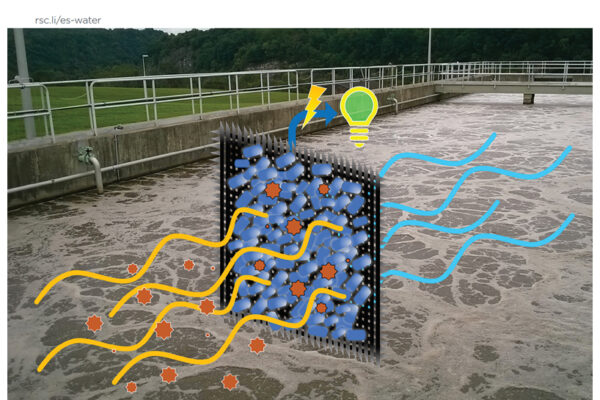As biologists learn more about how microbial communities work together, a major goal is understanding how their composition determines function. What combination of strains and species makes the best team for breaking down pollutants, for example, or fighting off infections? For years, scientists attempted to crack this problem with calculations about how microbial species interact with each other, but the nearly endless potential combinations of microbes in each community render these calculations practically impossible.

A new study by researchers from the University of Chicago, Yale University and Washington University in St. Louis shows that taking a simpler approach may be better. They demonstrated a statistical model that can accurately predict functions of a microbial community just by considering the presence or absence of different species and not the details of their interactions.
“The success of this simple approach is intriguing in that it contradicts our intuition about ecological complexity,” said Mikhail Tikhonov, an assistant professor of physics in Arts & Sciences and co-senior author of the paper published in Nature Ecology & Evolution. “Here, the communities are complex, yet the landscapes of their function are not. Understanding why this is the case is an exciting question for theory.”
The researchers hope that their model can provide a tool to help design microbial communities for a specific purpose, such as breaking down environmental contaminants in soil, or producing the right metabolites to help restore healthy digestive systems. In the process, it also could lead to a greater understanding of how microbial communities function in the first place.
Read more about the study on a University of Chicago website.


